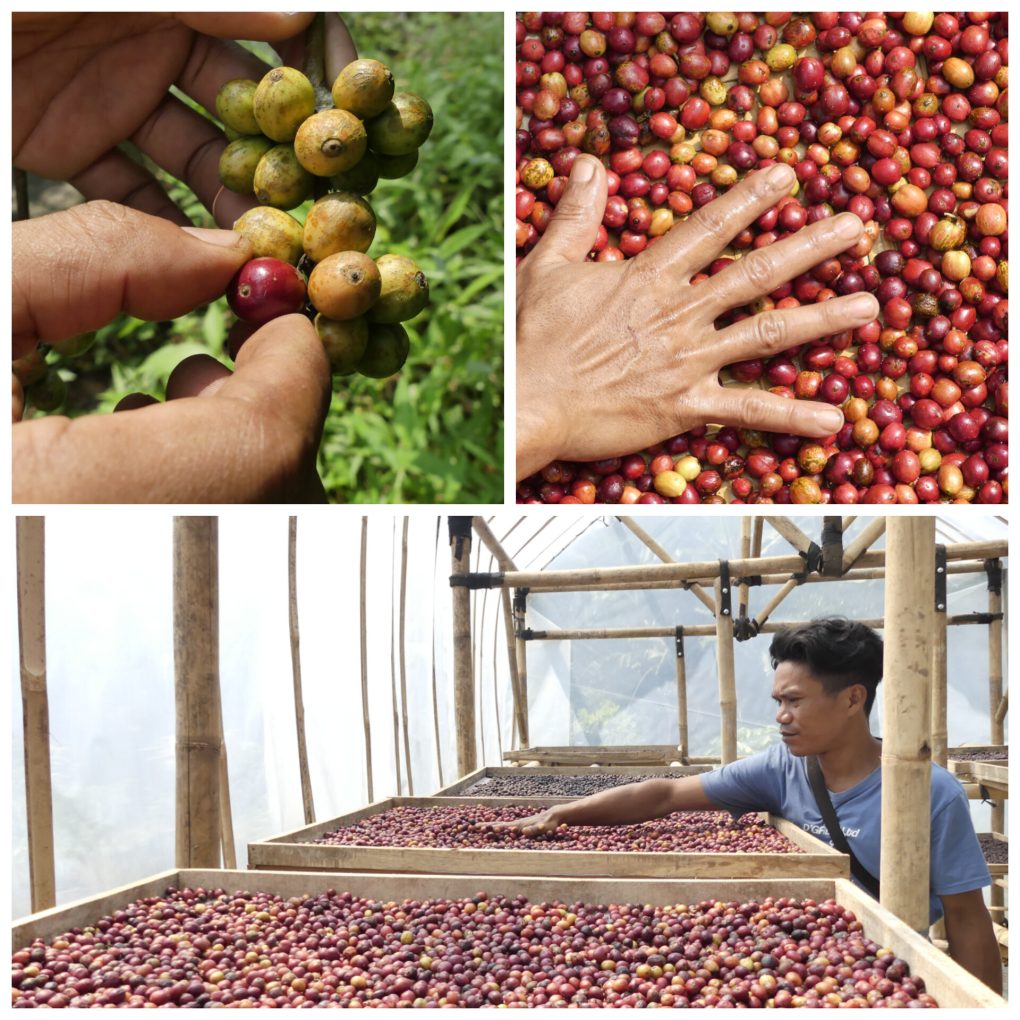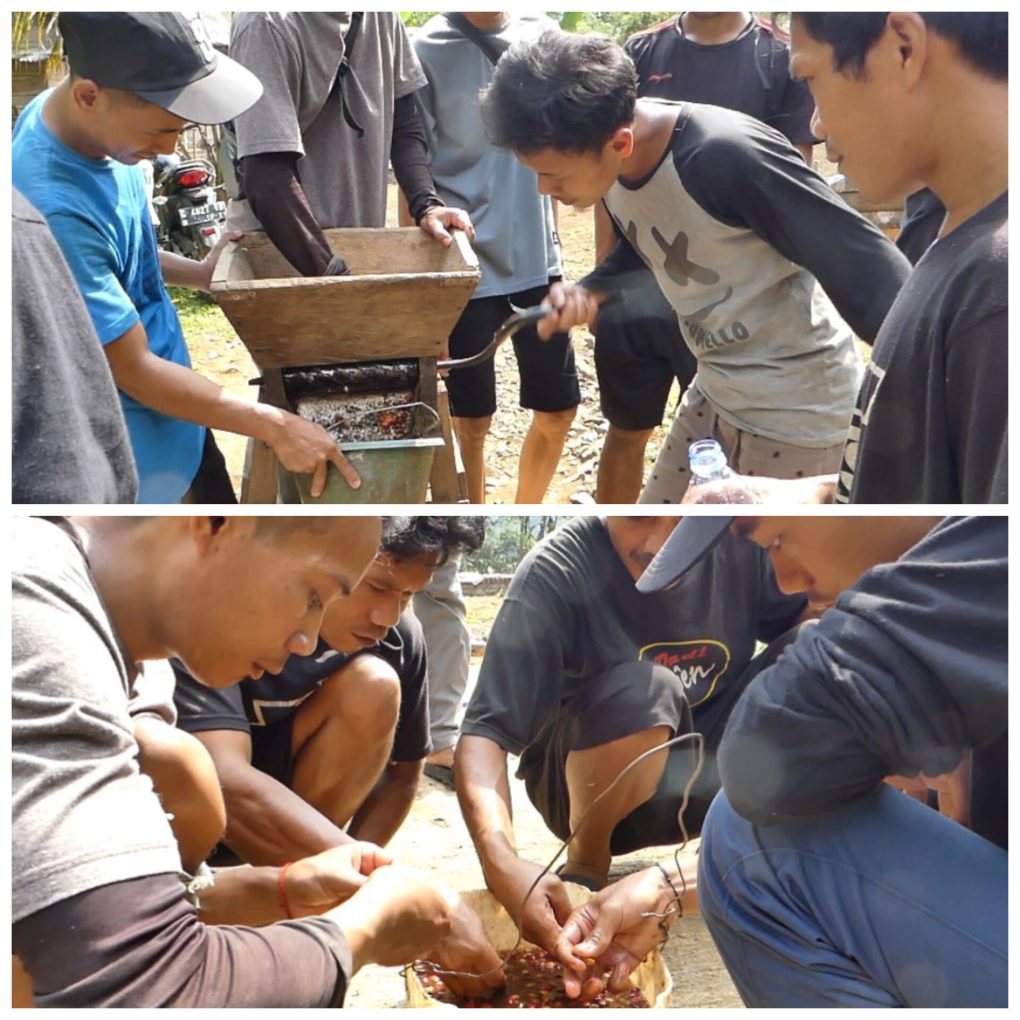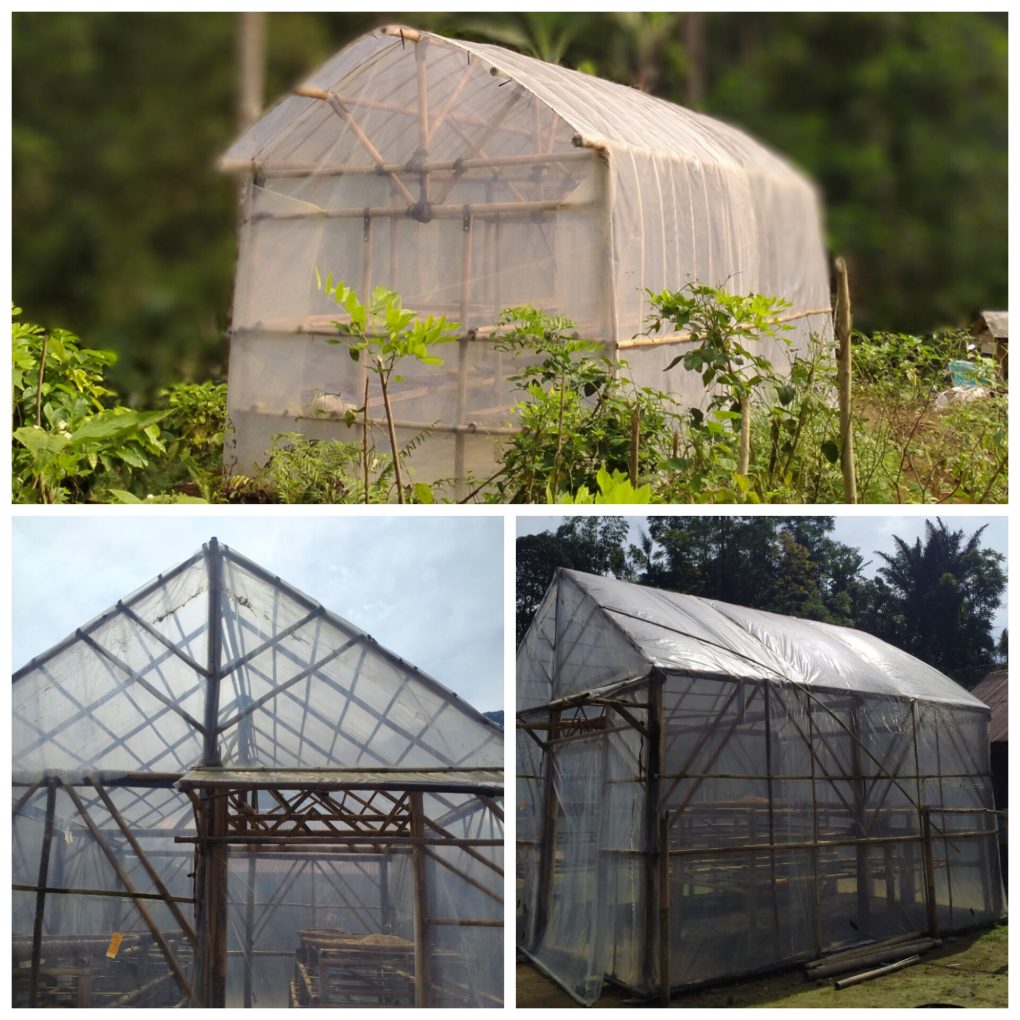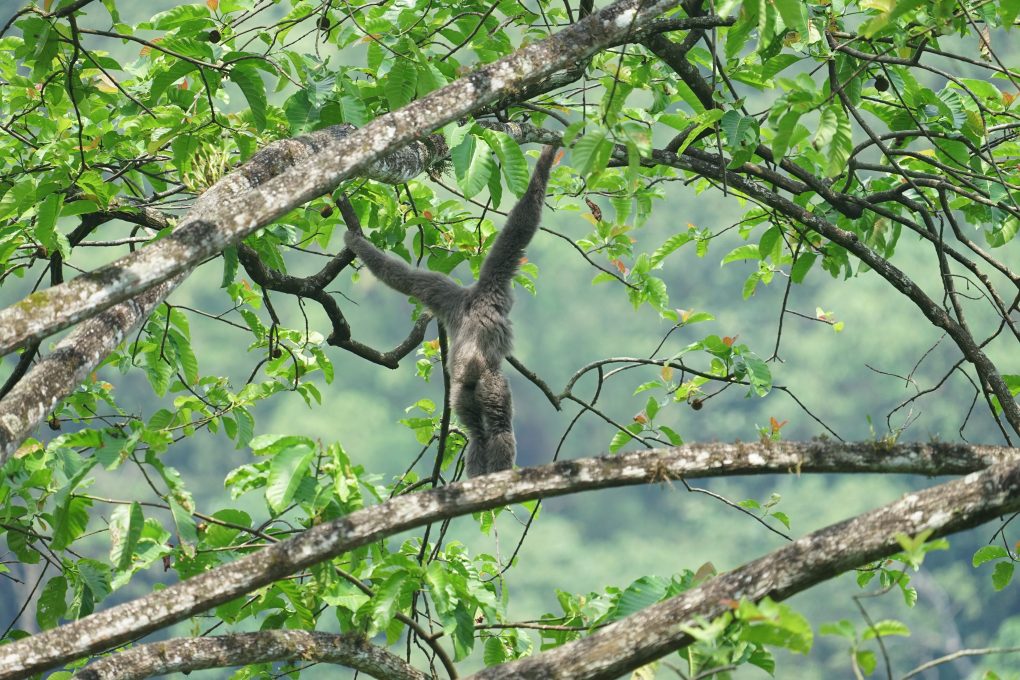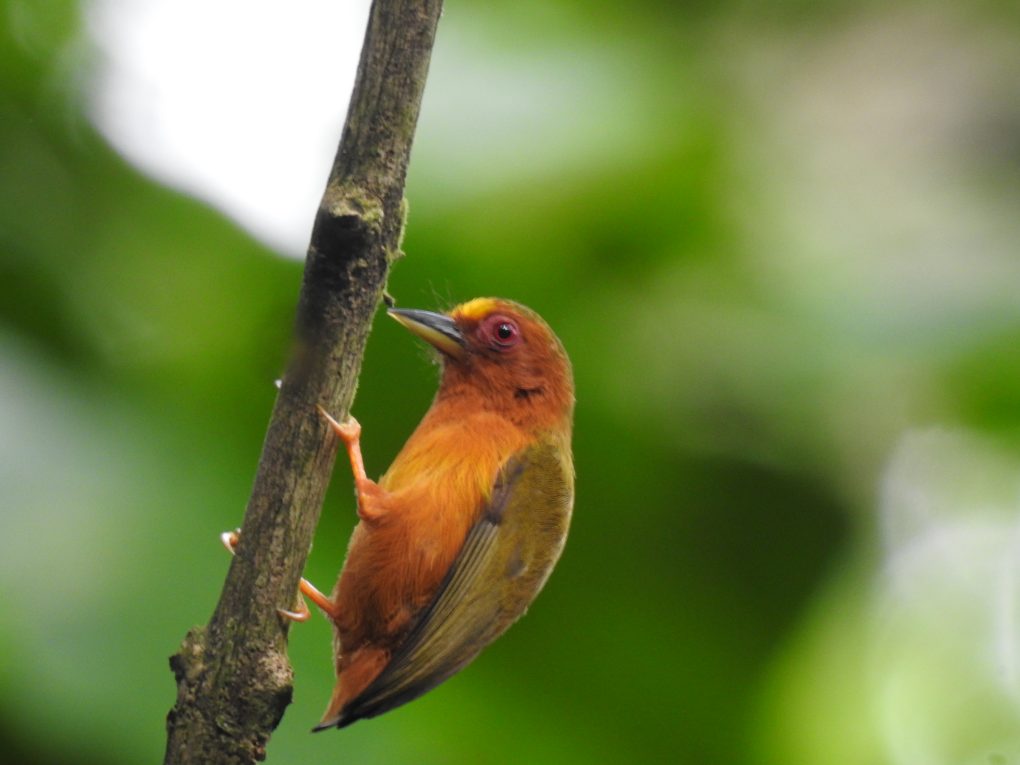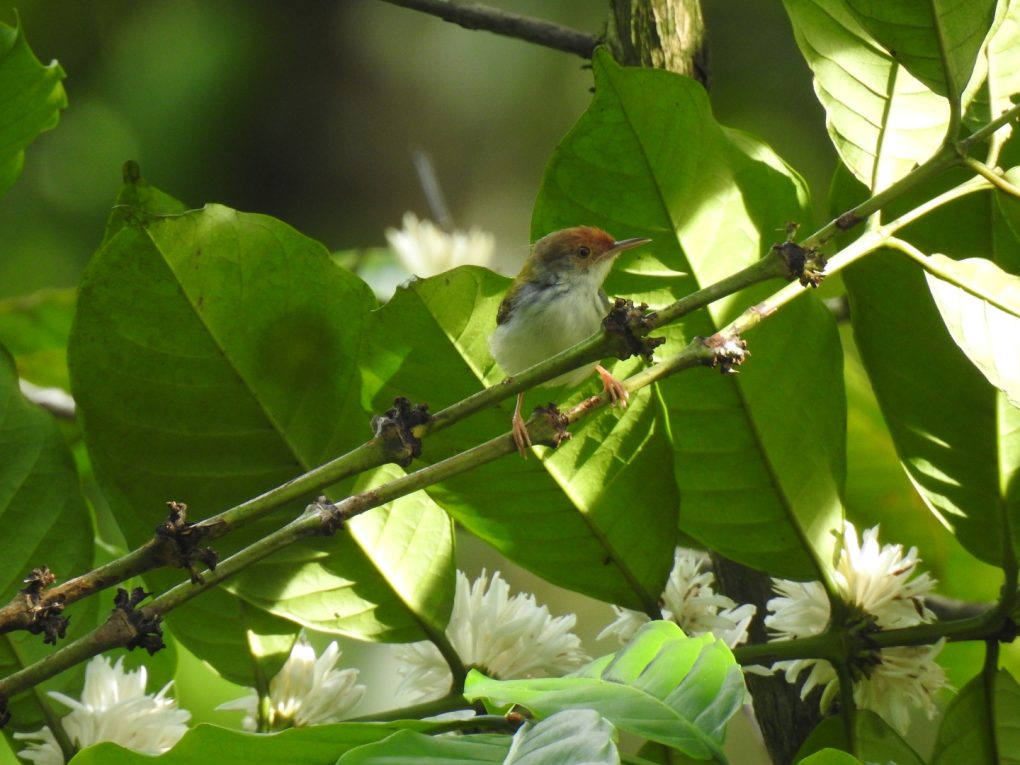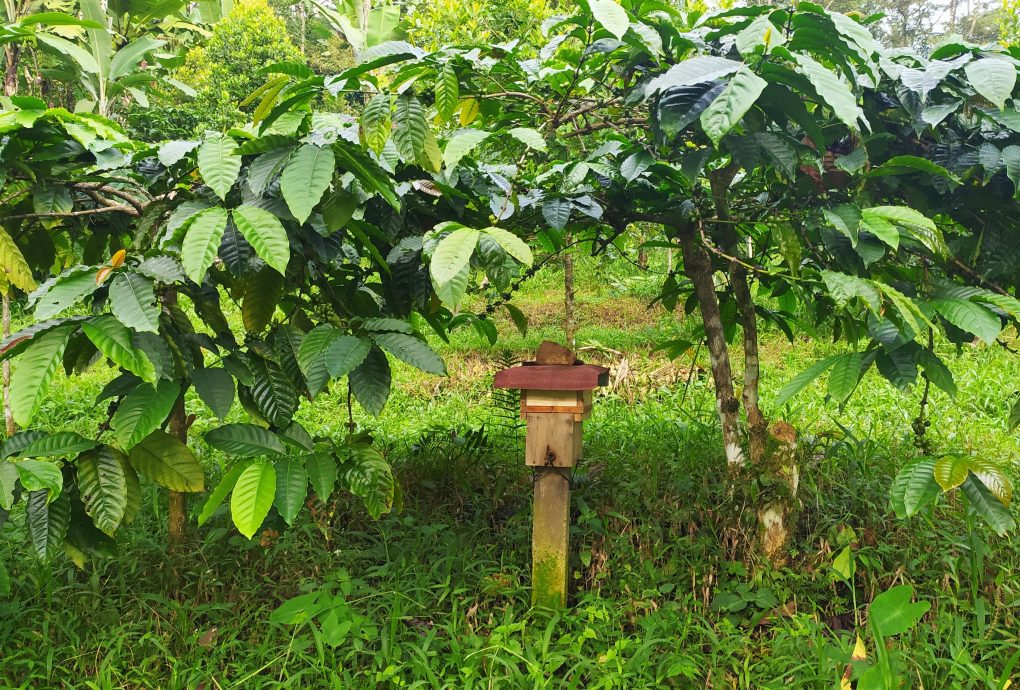by : Sidiq Harjanto and Vika Bayu Irianto
Coffee has again become a favorite for farmers this year. Prices have suddenly skyrocketed, especially robusta. At the farmer level, just random coffee can reach Rp. 68,000,-/kg. This price certainly varies by region, some are higher or slightly lower. Last year the highest price per kilogram reached around Rp. 45,000,-. This means that there was an increase of more than 40% and reached an all time high.
According to the Nikkei Asia report, the crazy price of robusta in the last two years was triggered by several factors. Extreme weather in the form of increasing temperatures and drought is the first trigger factor. This has caused coffee production from major robusta coffee producing countries such as Vietnam and Indonesia to drop significantly. Farmers only produce a small amount of coffee. In fact, as an adaptation to drought, some farmers choose to switch to other more adaptive commodities.
The second factor, when coffee production decreases, demand actually increases. It is reported that there has been a 20% increase in world coffee consumption. The champion is China, where middle class growth is at an all-time high, achieving a 130% increase in demand. Outside China, coffee producing countries such as Vietnam and Indonesia have also experienced a significant increase in demand.
Coffee is a commodity produced by no less than 12 million farmers in many countries. However, Vietnam and Brazil account for more than half of global coffee exports. According to Bloomberg, this has triggered an intensification of market concentration. Coffee producing countries are reorganizing the distribution or sales map of their products.
Risks hidden behind price increases
Very significant price increases tend to motivate farmers to sell coffee as soon as possible due to concerns about missing out on momentum. The worry is that the quality of the coffee produced will actually decline. First, there is a chance for farmers to harvest their coffee before it is completely ripe, while to get good coffee, you have to start from perfectly ripe fruit. Second, post-harvest processes are no longer a priority. Why process it in ways that require extra effort when the price of casual coffee is already very tempting.
Second, there is the possibility of expanding coffee plantations in the future. Farmers are very likely to be motivated to increase the size of their plantations in the hope of increasing the quantity of their production. If there is an expansion of plantations, the remaining forest land could become increasingly compressed. It is no longer a secret that the expansion of coffee plantations is a serious threat to forest areas in our country.
Local contribution of coffee farmers in Javan Gibbon habitat.
The increase in prices is a blessing in itself for coffee farmers, including coffee farmers from around the Javan gibbon forest habitat in Petungkriyono and Lebakbarang subdistricts. These are the farmers who have long partnered with us in efforts to grow sustainable businesses for communities in villages that support primate habitat. Coffee plants have long been an inseparable part of natural forest areas and agroforestry gardens that support Javan gibbon habitat.
This year, Swaraowa together with Owa Coffee facilitated coffee farmers to improve the quality of their harvest. Several programs have been implemented, including facilitating facilities and infrastructure, increasing processing capacity, and efforts to open new market opportunities. Drying domes were built in three coffee producing villages around the Javan gibbon habitat, namely: Kayupuring, Yosorejo, and Mendolo. The aim of facilitating this drying dome is to ensure that the drying process of coffee beans is more controlled and avoids potential exposure to impurities.
Another program that has been implemented is increasing post-harvest processing capacity for farmers and processors. Before the Arabica harvest season, last March to be precise, we gathered together with coffee processors from Tlogohendro, Yosorejo, and Kayupuring to plan production schemes and share knowledge regarding post-harvest processing, and also agree on matters related to the importance of protecting existing forests and wildlife. . In early June, at the same time as the robusta coffee harvest season began, we organized activities to increase the capacity of coffee farmers in Mendolo, a village that has quite large robusta potential. This activity was attended by 15 farmers of various ages.
We believe that one of the keys to success in ensuring the sustainability of the coffee supply chain is maintaining the roles of the parties involved. A little research we conducted last year concluded that there is a tendency for gender roles to be balanced in the coffee production chain in producing villages. Men and women contribute equally, but in different forms of activity. Let’s say men handle more gardening matters, while women have a big role in post-harvest processes such as drying, sorting and roasting. These roles need to be preserved so that no party is marginalized.
Agroforestry for wildlife-friendly farming practices.
Even though coffee prices are currently high, we must be prepared if price corrections come at any time. Rather than intensifying, it would be better to optimize existing coffee land area. The agroforestry scheme and moreover shade-grown coffee, which combines various commodities in one area, is a strategy that can be taken by farmers. Through agroforestry, farmers produce not just one commodity. For example, one land contains coffee, durian, jengkol, banana plants, etc. Thus, when there is a correction in coffee prices, farmers still have other commodities whose prices may actually increase.
At the beginning of this year, Swaraowa also collaborated with the stingless bee keeping community in Mendolo to plant Pucung or kepayang fruit. Pucung is planted in border areas, or as an intercrop in agroforestry gardens. Through this planting, there is the potential for diversification of farmers’ products; and on the other hand, it is hoped that it can improve the quality of habitat for wild animals, especially primates. Mendolo itself is a habitat for five species of primates: Javan gibbon, Javan langur, rekrekkan, long-tailed monkey and Javan slow loris.

